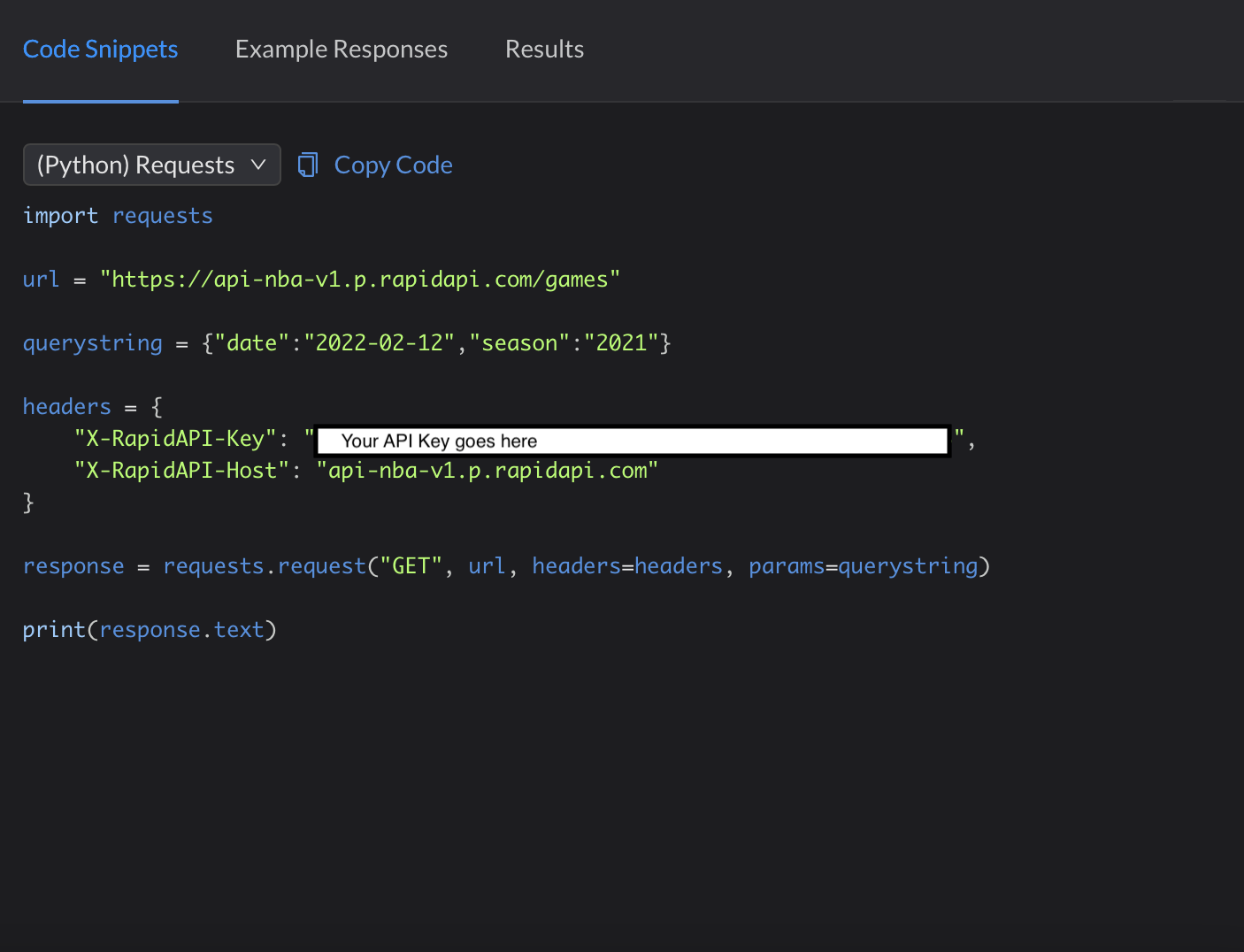
The True NBA Stats All-Star: API
A brief guide on how to gather data via APIs
Why use an API?
I’ll be completely honest. The first time I heard about APIs and how they are often used, I thought to myself, “Why not use Kaggle, webscraping, or any other method rather than sifting through hard-to-read JSON files?” It didn’t make sense to me why we couldn’t use simpler methods. And then I had a realization.
APIs are key (Get it? Like keys in a dictionary in python?) to answering real world questions
In statistics classes at a university, the teaching and learning process often goes something like this: we learn a coding concept (ie. ggplot, vectorization, scraping tables from the web), either the professor or student finds a dataset that is suitable for the particular concept, the student applies the concept to the dataset, THEN finds which question to ask.
In the real world, this isn’t the case. We can’t use hindsight to base all of our developments moving forward. Otherwise we would never learn anything. A more realistic scenario would be to create a question and then find a dataset to put a hypothesis to the test. This is where APIs come in. Many companies allow data access to any user that jumps through the proper hoops. We will be exploring one particular (and might I add a very user-friendly) API today and how to extract the data from it.
Before starting, it is important to make sure you have the right packages installed and imported. In the example below, I import three python packages: requests (used to call data from the API), json (to help sift through the data call and make it python-ized), and numpy (used later for vector operations). Identify which packages are needed for your case and install and import them very first!

Which API should I choose?
APIs have quite a range of barrier-to-entry. For example, the APIs offered by tech behemoths such as Twitter have an approval process for each level of access. While this may not seem worth it at first if you are just working on a school project, you may want to reconsider. APIs with lots of users and big companies to back them up are almost sure to have better documentation and forums available. I ran into this issue myself.
I searched and searched for a free and no barrier-to-entry API for NBA statistics, I found one called Free NBA. However, as I started using it, I discovered much of the example code was not up to date. There were practically no resources found to help with my specific problems in the documentation. I found another API that required more from me, and in return I found more helpful resources. It’s a toss up, but if you are just getting into the API world, strongly consider prioritizing good documentation!
API-NBA
I found a NBA API on RapidAPI.com which I would highly recommend as a beginner. For each API, you can choose the programming language you are using to give you example code as shown in the picture:

This code can be easily copied and pasted into a Jupyter Notebook (or an IDE of your choosing) to create a dataframe or whatever used to explore a research question. Each API has endpoints shown below in the dictionary called “querystring”. These endpoints can be changed on the API website in this case, but many times you will have to change the values manually in your code.

From this point, we need to use the JSON library to parse through the data to make it workable. I will through the steps from getting from JSON to an array of total game scores.
- Creating a JSON object from the request called “response”.
- Converting the JSON object into a string
- Converting the string to a dictionary (You could probably do steps 3 and 4 in the same line but I wanted to break it up to clearly see the workflow)
- All of the data is a value for the key “response” here we extract all the info from “response
- This step is not needed, but helpful to check to see if you have the correct number of data points
- Initializing empty vector for visiting team scores from 2018
- Initializing empty vector for home team scores from 2018
- Filling the vectors with each value from each game of the season
- Creating arrays for visiting and home teams instead of lists in order to perform vector operations

You could also create series or dataframes using the pandas package if you will be doing more exploratory data analysis. For this example, we only extract data from the “2018” season, but the process would be entirely similar using any other endpoints.
Conclusion
While APIs are quite daunting, when broken down into steps it becomes very managable. The most important thing to remember when using APIs is to be patient! Each API has its specifications with syntax for the endpoints that should be in documentation. And remember, APIs are how we find answers to real world questions.
See my GithubRepo for more info!